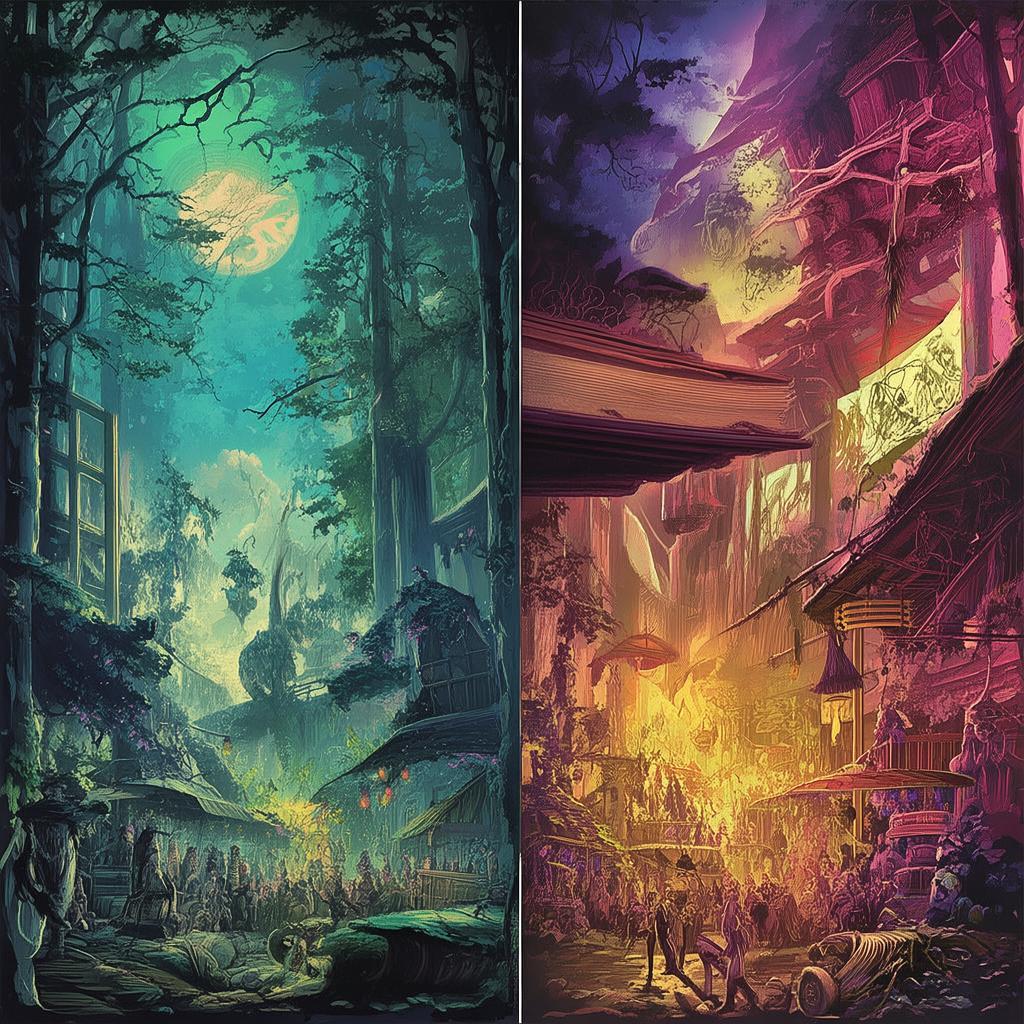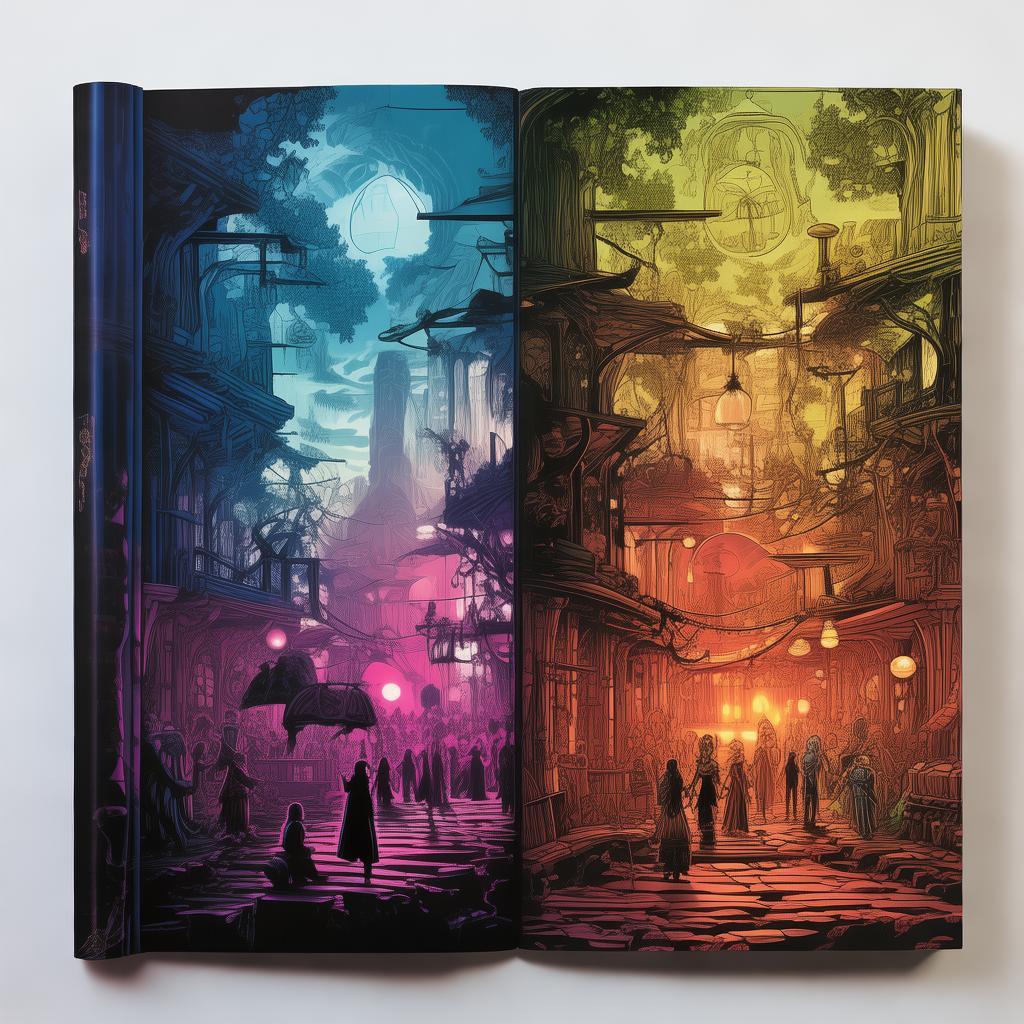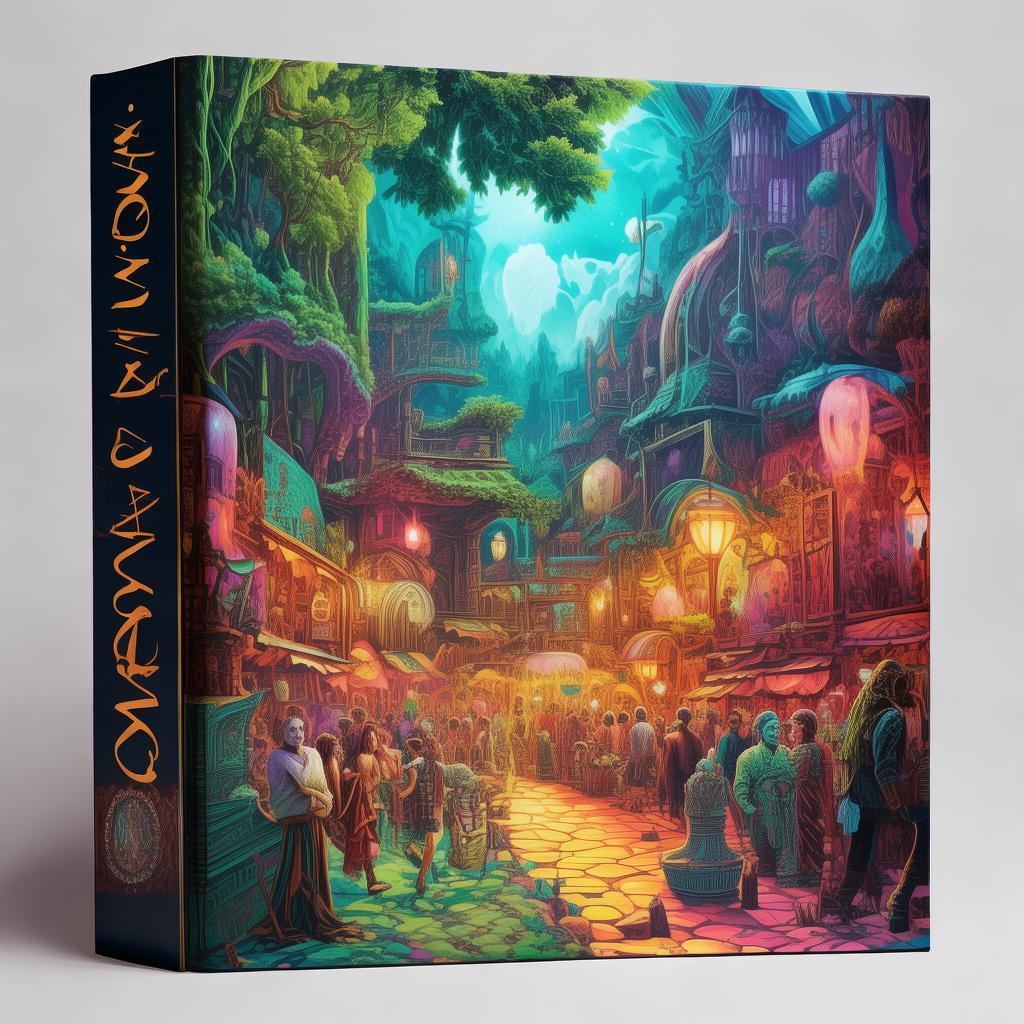The Haunting Symphony
The moon cast a pale glow upon the overgrown garden of the ancient mansion, its stone walls whispering secrets to the night. Within this forsaken place, young Eliza, a talented musician with a heart as vast as the cosmos, sought refuge from the world's cacophony. It was here, beneath the gazebo's skeletal frame, that she discovered a worn-out, leather-bound journal, its pages yellowed with time and sorrow.
The journal belonged to a woman named Isabella, a violinist whose life was as tragic as her music. Eliza's fingers danced across the pages, reading of love lost to a forbidden affair, of passion that led to betrayal, and of a final act of despair that saw Isabella taking her own life on the very spot where the gazebo stood.
As Eliza's eyes traced the lyrics of Isabella's final composition, a haunting melody began to play in her mind. The notes were like whispers from the past, calling her to uncover the truth behind the tragic tale. The music was a symphony of sorrow, a testament to unrequited love that had spanned generations.
Determined to unravel the mystery, Eliza began her quest. She traveled to the old town, seeking out anyone who might have known Isabella or her lover. The townsfolk, wary of the past, were reluctant to speak, but their eyes betrayed a deep-seated fear. Eliza's persistence paid off when she found an elderly man who had once been Isabella's closest confidant.
"The music was her last gift," the old man said, his voice trembling. "She wanted the world to hear her love, her pain, her sorrow. But her lover... he didn't deserve it."
The story unfolded as a tragic ballad, one filled with passion and betrayal. Eliza learned that Isabella's lover, a dashing but fickle nobleman, had used her for his own gain, leaving her heartbroken and destitute. Desperate for a way to reclaim her dignity, Isabella turned to her music, creating a symphony that would outlive her own life.
As Eliza's quest deepened, she discovered that the melody had a life of its own. It would play at random times, as if a ghostly presence were guiding her steps. The music became her compass, leading her to hidden rooms and forgotten corners of the mansion, each one revealing a piece of the puzzle.

One night, as the moonlight bathed the gazebo in a silver glow, Eliza found herself face-to-face with a ghostly apparition. It was Isabella, her eyes filled with the pain of unfulfilled love. "Thank you, Eliza," she whispered. "You have given me peace."
Eliza realized that Isabella's ghost had been seeking redemption, a way to absolve her lover of the guilt that had burdened him for years. With Eliza's help, the nobleman was forced to confront his past actions and make amends.
The final act of the symphony was a reconciliation between Isabella's spirit and her lover's soul. In a powerful moment, the nobleman acknowledged his mistakes and promised to live a life worthy of Isabella's memory.
As the sun rose the next morning, Eliza returned to the gazebo, her heart heavy with the weight of the story she had uncovered. She played Isabella's symphony one final time, the music resonating through the air, a haunting reminder of love, loss, and redemption.
In the end, Eliza found solace in the knowledge that she had brought peace to Isabella's spirit. The gazebo, once a place of sorrow, became a symbol of hope, a testament to the enduring power of love and the strength of the human spirit.
✨ Original Statement ✨
All articles published on this website (including but not limited to text, images, videos, and other content) are original or authorized for reposting and are protected by relevant laws. Without the explicit written permission of this website, no individual or organization may copy, modify, repost, or use the content for commercial purposes.
If you need to quote or cooperate, please contact this site for authorization. We reserve the right to pursue legal responsibility for any unauthorized use.
Hereby declared.









